Understanding Silicon Controlled Rectifiers
A silicon controlled rectifier (SCR) stands as a pivotal component in the realm of power electronics. This semiconductor device, notable for its four-layered structure, surpasses traditional transistors by accommodating higher voltage applications. SCRs are integral in circuits where control and rectification of current are essential, functioning as binary devices that are either fully on or off. The SCR's operation is facilitated through its three leads: the gate, anode, and cathode, which collectively manage the flow of electrical current.
Types and Applications of SCRs
The versatility of silicon controlled rectifiers is reflected in their various types, each tailored for specific functions. The phase control thyristor, a type of SCR, is adept at converting alternating current (AC) into direct current (DC), a process known as rectification. Meanwhile, power control thyristors are employed to regulate electricity flow, adjusting the intensity of power in devices such as heaters. Innovations in SCR technology have led to the development of the gate turnoff thyristor (GTO), which allows for the device to be switched off via a gate signal, enhancing control in power electronics.
Features and Materials of SCRs
SCRs are characterized by their robust construction and ability to handle a specified range of current. For instance, different models are designed to work with varying currents, ensuring that there is a suitable SCR for every application. The materials used in silicon controlled rectifier thyristors are chosen for their semiconductor properties, facilitating the device's ability to control and rectify current efficiently. The design and material composition of SCRs are critical in determining their functionality and reliability in various electronic circuits.
Advantages of Using SCRs
The use of silicon controlled rectifiers in electronic circuits offers several advantages. Their ability to switch high voltages and manage substantial currents makes them invaluable in power control applications. Additionally, the binary nature of SCRs, where they are either in an on or off state, allows for precise control of electrical components, contributing to the efficiency and safety of electronic systems. The SCR's independence once biased provides a stable and reliable means of controlling power without the need for continuous intervention.
Selecting the Right SCR
When integrating an SCR into a circuit, it is crucial to consider the device's specifications to ensure compatibility and optimal performance. The current rating of an SCR, such as 500mA for smaller applications or up to 25A for more demanding scenarios, must align with the electrical requirements of the system. Understanding the silicon controlled rectifier working principles and its specifications is essential for selecting the appropriate device for your needs.
Exploring SCR Electronics on Alibaba.com
Alibaba.com presents a comprehensive collection of SCR electronics, including various types of silicon controlled rectifiers suitable for a multitude of applications. From SCR rectifiers to SCR controlled devices, the platform facilitates access to a wide array of components for businesses and professionals in the field of electronics. While exploring the offerings, it is advisable to review the technical specifications of each SCR to ensure it meets the specific requirements of your project.

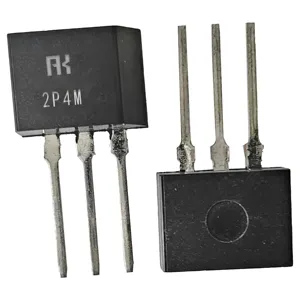





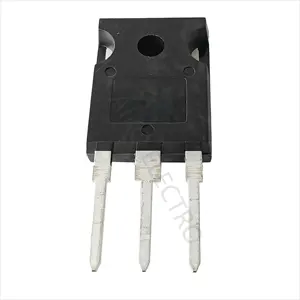

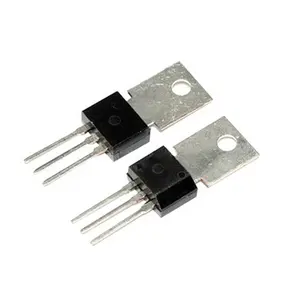


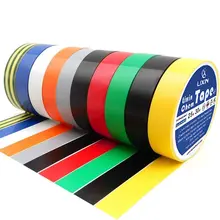
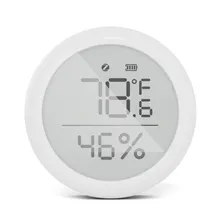
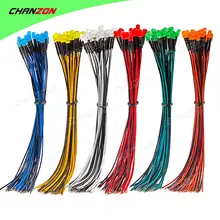




























 浙公网安备 33010002000092号
浙公网安备 33010002000092号 浙B2-20120091-4
浙B2-20120091-4